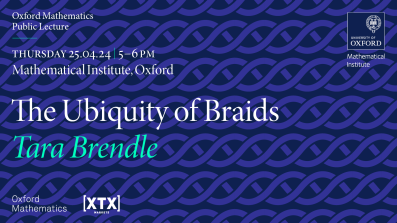The rainbow saturation number
Abstract
The saturation number of a graph is a famous and well-studied counterpoint to the Turán number, and the rainbow saturation number is a generalisation of the saturation number to the setting of coloured graphs. Specifically, for a given graph $F$, an edge-coloured graph is $F$-rainbow saturated if it does not contain a rainbow copy of $F$, but the addition of any non-edge in any colour creates a rainbow copy of $F$. The rainbow saturation number of $F$ is the minimum number of edges in an $F$-rainbow saturated graph on $n$ vertices. Girão, Lewis, and Popielarz conjectured that, like the saturation number, for all $F$ the rainbow saturation number is linear in $n$. I will present our attractive and elementary proof of this conjecture, and finish with a discussion of related results and open questions.


